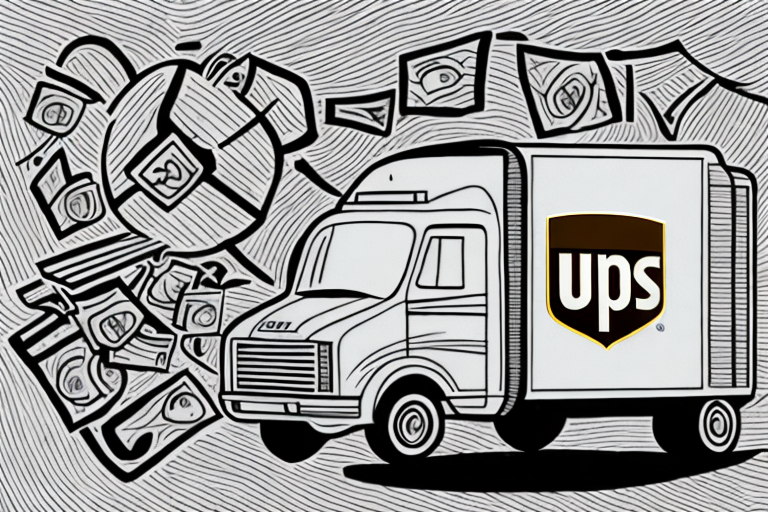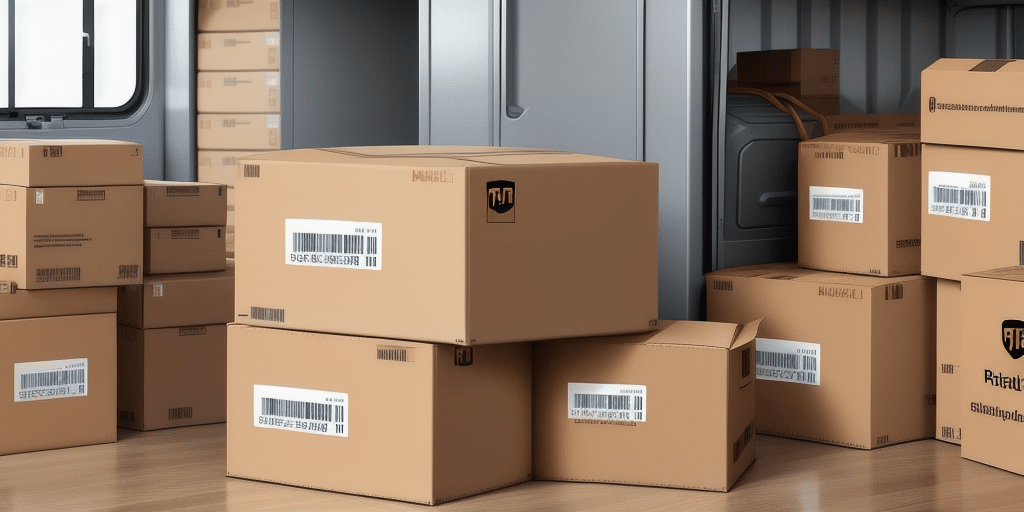What are FedEx Service Type Codes?
FedEx service type codes are standardized identifiers used to specify the particular shipping service selected for a package. These codes typically consist of a combination of letters and numbers, each representing distinct delivery options, transit times, and associated costs. By understanding these codes, both businesses and individual shippers can make informed decisions that best suit their shipping requirements.
FedEx offers a wide range of service type codes tailored to various shipping needs. For instance, some codes are designated for international shipments, while others cater to domestic deliveries within the United States. Additionally, these codes can indicate preferences for faster delivery times or more cost-effective shipping solutions.
Importantly, FedEx service type codes can be customized to accommodate unique shipping demands. Businesses with specialized needs, such as large shipments requiring special handling or expedited delivery options, can collaborate with FedEx to develop custom service codes that align with their specific requirements.
History of FedEx Service Type Codes
The inception of FedEx service type codes dates back to the early days of the company, originally known as Federal Express. To enhance operational efficiency and simplify the selection process for customers, FedEx developed a standardized system of codes representing various shipping options. This system has been continuously refined and expanded to accommodate the evolving needs of both the company and its customers.
As FedEx expanded its global footprint and diversified its service offerings, the complexity and variety of service type codes increased. The introduction of specialized codes for services such as hazardous materials shipping, temperature-controlled deliveries, and international logistics exemplifies FedEx's commitment to meeting diverse shipping needs.
Today, FedEx service type codes are integral to the company's shipping infrastructure. They not only facilitate customer selection of appropriate shipping options but also enable FedEx personnel to efficiently process and track packages, ensuring timely and reliable deliveries worldwide.
Importance of FedEx Service Type Codes
Understanding FedEx service type codes is crucial for optimizing shipping operations. These codes enable shippers to select the most appropriate service based on factors such as delivery speed, cost, and package specifications. By choosing the right service type code, businesses and individuals can ensure that their shipments are delivered on time and within budget.
Moreover, accurate selection of service type codes can prevent potential delays and complications. For example, opting for a service with guaranteed delivery can be essential for time-sensitive shipments, while more economical options may be suitable for less urgent deliveries. This strategic selection enhances overall shipping efficiency and customer satisfaction.
According to the Statista Shipping Report 2023, efficient shipping operations contribute significantly to customer retention and business growth, underscoring the importance of understanding and utilizing service type codes effectively.
Commonly Used FedEx Service Type Codes
FedEx offers a variety of service type codes tailored to different shipping needs. Below are some of the most commonly used codes:
- FedEx Priority Overnight: Guarantees delivery by the next business day morning.
- FedEx Standard Overnight: Ensures delivery by the next business day afternoon.
- FedEx 2Day: Provides delivery within two business days.
- FedEx Ground: Offers cost-effective delivery within 1-5 business days, depending on the destination.
- FedEx Express Saver: Guarantees delivery within three business days.
- FedEx Home Delivery: Specialized for residential deliveries within FedEx Ground's network.
- FedEx International Priority: Ensures international deliveries within 1-3 business days.
Each of these service types offers unique benefits and may come with specific restrictions or additional features. Selecting the appropriate service type code based on shipment requirements is essential for optimal delivery performance.
For a comprehensive list of FedEx service type codes, visit the official FedEx Service Guide.
Choosing the Right FedEx Service Type Code
Selecting the appropriate FedEx service type code involves evaluating several key factors:
- Delivery Timeline: Determine how quickly the shipment needs to arrive. Emergency shipments may require overnight services, while less urgent deliveries can utilize ground or 2-day services.
- Package Size and Weight: Different service types have varying restrictions on package dimensions and weight. Ensure the selected service accommodates the shipment's specifications.
- Cost Considerations: Balance the need for speed with budget constraints. Faster services typically incur higher fees.
- Destination: Consider whether the shipment is domestic or international, as some services are tailored specifically for global deliveries.
- Special Handling Requirements: If the shipment contains fragile items, hazardous materials, or perishable goods, choose a service type that offers appropriate handling and care.
By carefully assessing these factors, shippers can select the service type code that best aligns with their logistics needs.
Advantages and Limitations of FedEx Service Type Codes
Advantages
- Customized Shipping Solutions: FedEx offers a wide range of service types to meet diverse shipping needs, providing flexibility and customization.
- Enhanced Tracking Capabilities: Many service types include robust tracking features, allowing shippers to monitor their shipments in real-time.
- Reliability and Speed: Priority and overnight services ensure rapid and dependable delivery, essential for time-sensitive shipments.
- Global Reach: International service type codes facilitate seamless global shipping, expanding market reach for businesses.
Limitations
- Cost Variability: Higher-speed services come with increased costs, which may impact overall shipping budgets.
- Service Availability: Certain service types may not be available in all regions or for specific types of shipments.
- Restrictions on Package Specifications: Some services have strict size, weight, or content restrictions, limiting their applicability for certain shipments.
- Potential for Additional Fees: Specialized services or extra features may incur additional charges, affecting the total shipping cost.
Understanding both the advantages and limitations of various service type codes enables shippers to make informed decisions that optimize their shipping strategies.
Future Developments in FedEx Service Type Codes
The landscape of shipping and logistics is continually evolving, driven by advancements in technology and changing consumer expectations. FedEx is poised to adapt its service type codes to meet these emerging demands. Future developments may include:
- Enhanced Automation and Tracking: Integration of more sophisticated tracking technologies, such as IoT devices and blockchain, to provide greater transparency and security.
- Eco-Friendly Shipping Options: Introduction of service types focused on sustainability, utilizing electric vehicles and carbon-neutral shipping methods.
- Customized Delivery Solutions: More personalized shipping options catering to specific industries, such as healthcare, e-commerce, and aerospace.
- AI-Driven Logistics: Leveraging artificial intelligence to optimize routing, predict delivery times, and improve overall efficiency.
- Increased International Services: Expansion of global service offerings to accommodate growing international trade and cross-border e-commerce.
These advancements are expected to enhance the efficiency, sustainability, and customer experience of FedEx shipping services, providing businesses and consumers with more versatile and reliable shipping options.
Conclusion: Why Understanding FedEx Service Type Codes is Crucial for Shipping Success
Mastering FedEx service type codes is essential for achieving shipping efficiency and reliability. By selecting the appropriate service type code, shippers can ensure timely delivery, cost-effectiveness, and the safe transport of their packages. Whether you are a business aiming to enhance your logistics operations or an individual seeking dependable shipping solutions, a thorough understanding of FedEx service type codes can significantly improve your shipping outcomes.
Stay informed about the latest developments and continually assess your shipping needs to leverage the full benefits of FedEx's comprehensive range of service type codes.






















